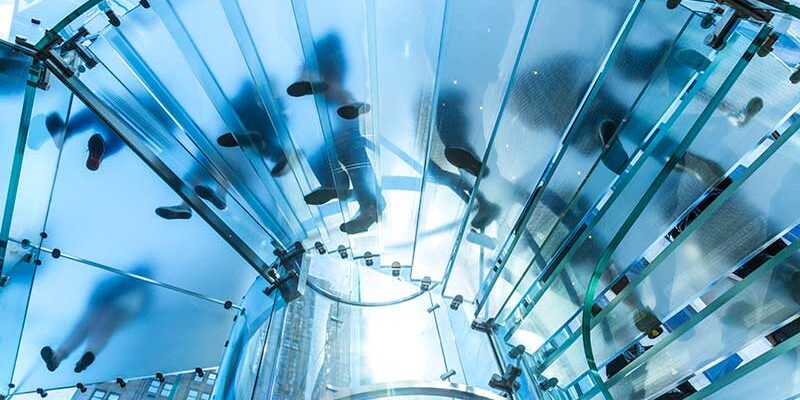Materials utilized in modern architecture determine not only the functionality but also the aesthetic allure of a structure. Spandrel glass is one such material that has garnered considerable attention. This blog examines the integration of spandrel glass into modern architectural design, highlighting its ability to combine aesthetic appeal with practicality.
Define Spandrel Glass
Spandrel glass is a variety of architectural glass that is predominantly employed in constructing curtain wall systems. It is commonly situated between the levels of a structure, providing protection for unsightly infrastructure components such as floors, columns, HVAC systems, and other building elements. By treating or coating this glass to become opaque, privacy is maintained and the exterior facade appears uniform.
Optical Appeal
One of the main advantages of spandrel glass is its capacity to give the exterior of glass structures a seamless, uninterrupted appearance. It is used by architects to construct a uniform curtain wall that imparts a sleek, smooth appearance to structures. Glass is available in an extensive array of hues and textures, enabling architects to imbue structures with an individualistic essence.
Practicality In Extending Beauty
In addition to its visual appeal, spandrel glass fulfills a number of practical functions:
- Privacy: By obfuscating structural elements, it preserves the aesthetic integrity of the building.
- Spandrel glass can aid in the insulation of structures, thereby enhancing energy efficiency.
- Enhancing Safety: The building structure can be fortified to provide an additional layer of security and protection.
Novel Applications in Contemporary Structures
In contemporary architecture, spandrel glass has been utilized in novel ways. Spanning the globe, iconic structures employ spandrel glass in inventive configurations. For example, certain edifices employ spandrel sections to exhibit artistic designs or incorporate LED lighting systems, effectively converting them into luminous works of art during the nocturnal hours.
Challenges and Factors to Be Considered
Although spandrel glass presents numerous advantages, it also entails certain difficulties. Proper insulation and ventilation are of the utmost importance in order to avert thermal tension and glass breakage. Architects and builders must additionally contemplate the equilibrium between transparent and opaque sections in order to guarantee the overall energy efficiency and comfort of the structure.
Spandrel glass exemplifies the ideal union of functionality and aesthetics in contemporary architecture. In addition to improving the aesthetic appeal of structures, it also serves to enhance their operational capabilities and energy efficiency. With the ongoing evolution of architectural designs, materials such as spandrel glass will inevitably assume a more prominent position, challenging the limits of both aesthetics and engineering within the constructed environment.





